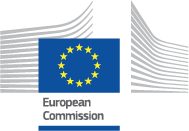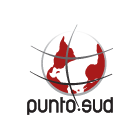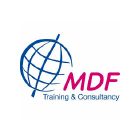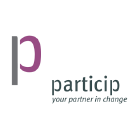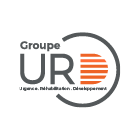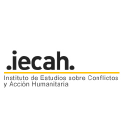WORKING WITH DG ECHO AS A UN AGENCY | 2014 - 2020
5. QUALITY MARKERS
1. General information
2. Humanitarian organisation in the area
3. Needs assessment and beneficiaries
4. Logic of intervention
5. Quality markers
6. Implementation
7. Coordination
8. Monitoring and evaluation
9. Visibility
10. Financial overview of the action
11. Request for derogation
12. Administrative information
13. Conclusions and humanitarian organisation’s comments
Logframe Overview
5.1 GENDER & AGE
The Gender-Age Marker creates a forum for the European Commission’s humanitarian staff and partners to constructively discuss gender and age in humanitarian aid.
Thereby, it aims to make the assistance more sensitive to the differentiated needs and capacities of women, girls, boys and men and increase its quality.
The Gender-Age Marker also ensures coherence with the Commission Staff Working Document on Gender in Humanitarian Aid. It tracks gender and age sensitive actions and financial allocations and allows ECHO to monitor its own performance on integrating gender and age.
ECHO’s Gender-Age Marker builds on lessons learned from existing markers and represents a new generation of assessment tools. This marker has the following innovative characteristics:
-
It considers gender issues and explicitly also takes age into account.
-
It assesses proposals and project implementation.
-
It focuses on quality criteria.
-
It is a collaborative learning tool, engaging both partners and staff.
5.1.1 Marker Details
the partner will assess its action by answering the 4 quality criteria and selecting the relevant answer: Yes, or not sufficiently. The partner will use the information provided in Chapter 3 and Chapter 4 to answer the questions.
Based on the answers, each Action will be marked with a score (0-2).
The mark will be given using the following scale:
-
The action does not deal directly with affected populations N/A
-
The action meets none or only one criteria: 0
-
The action meets 2 or 3 criteria 1
-
The action meets all 4 criteria 2
5.1.2 Additional comments and challenges
The partner will provide additional information relating to gender and age, including for example potential negative effects of the Action and measures to prevent them, measures for integrating gender and age that would have been appropriate but were not or could not be taken or other challenges encountered when integrating gender and age considerations.
5.2 RESILIENCE
Resilience is the ability of an individual, a household, a community, a country or a region to resist, adapt, and quickly recover from a disaster or crisis such as drought, violence, conflict or natural disaster.
The resilience marker seeks to enhance the quality of humanitarian actions by:
-
Ensuring a systematic consideration and inclusion of resilience considerations in project proposals, implementation and assessment;
-
Creating a platform for partners and ECHO staff to discuss how resilience can best be included in humanitarian programming;
-
Encouraging reflection on what resilience means in practice in different contexts; and
-
Allowing ECHO to monitor its own performance in supporting resilience.
The mark will not influence to decision to fund or not an Action. However, the marker criteria reflect important quality indicators.
5.2.1 Markers Details
the partner will assess its action by answering the 4 quality criteria and selecting the relevant answer: Yes, or not sufficiently. The partner will use the information provided in following sections of the Single Form: 2.2, 3.1.3, 3.1.4, Chapter 4 and section 7.1, 7.3 to answer the quality criteria.
Based on the answers, each Action will be marked with a score (0-2). The mark will be given using the following scale:
-
The Marker is not applicable N/A
-
The action meets none or only one criteria: 0
-
The action meets 2 or 3 criteria 1
-
The action meets all 4 criteria 2
5.2.2 How does the Action contribute to build resilience or reduce future risk?
The partner will provide additional information relating to resilience, including for example: explanations on the aspects of the markers which are not applicable to the Action, possible constraints or challenges in integrating resilience consideration in the Action.
